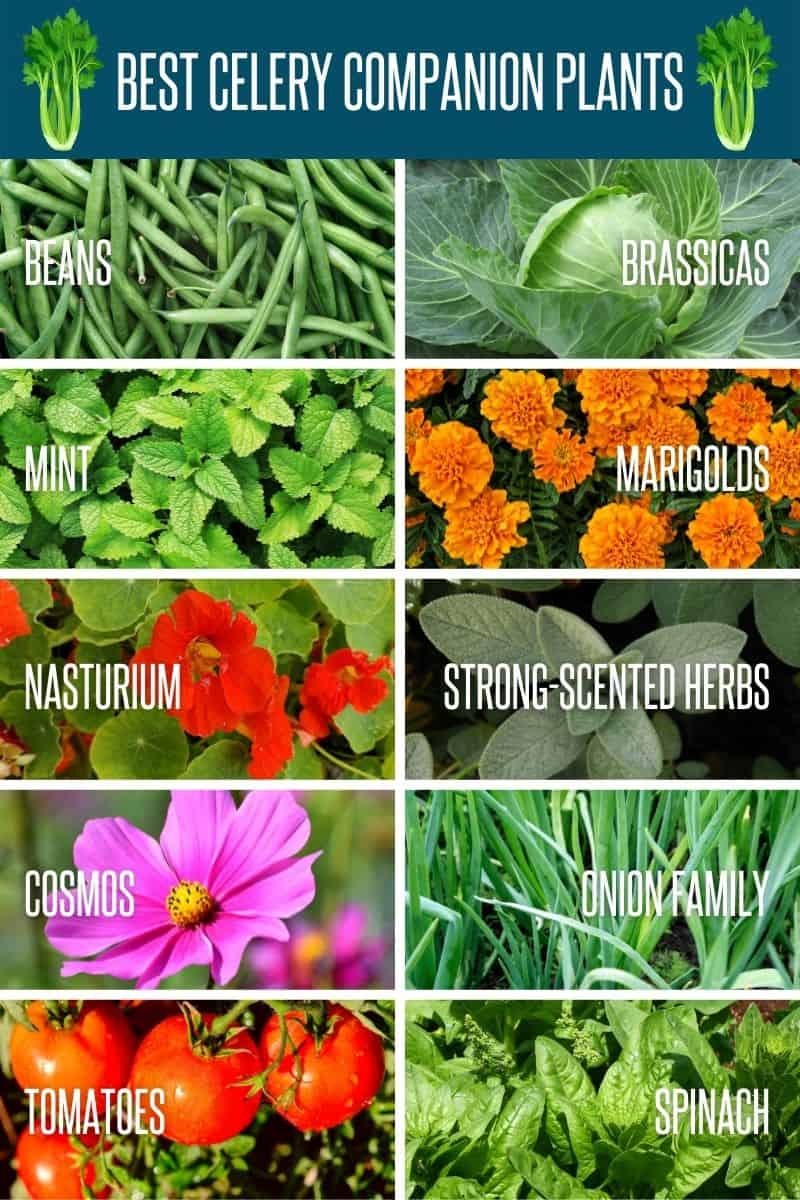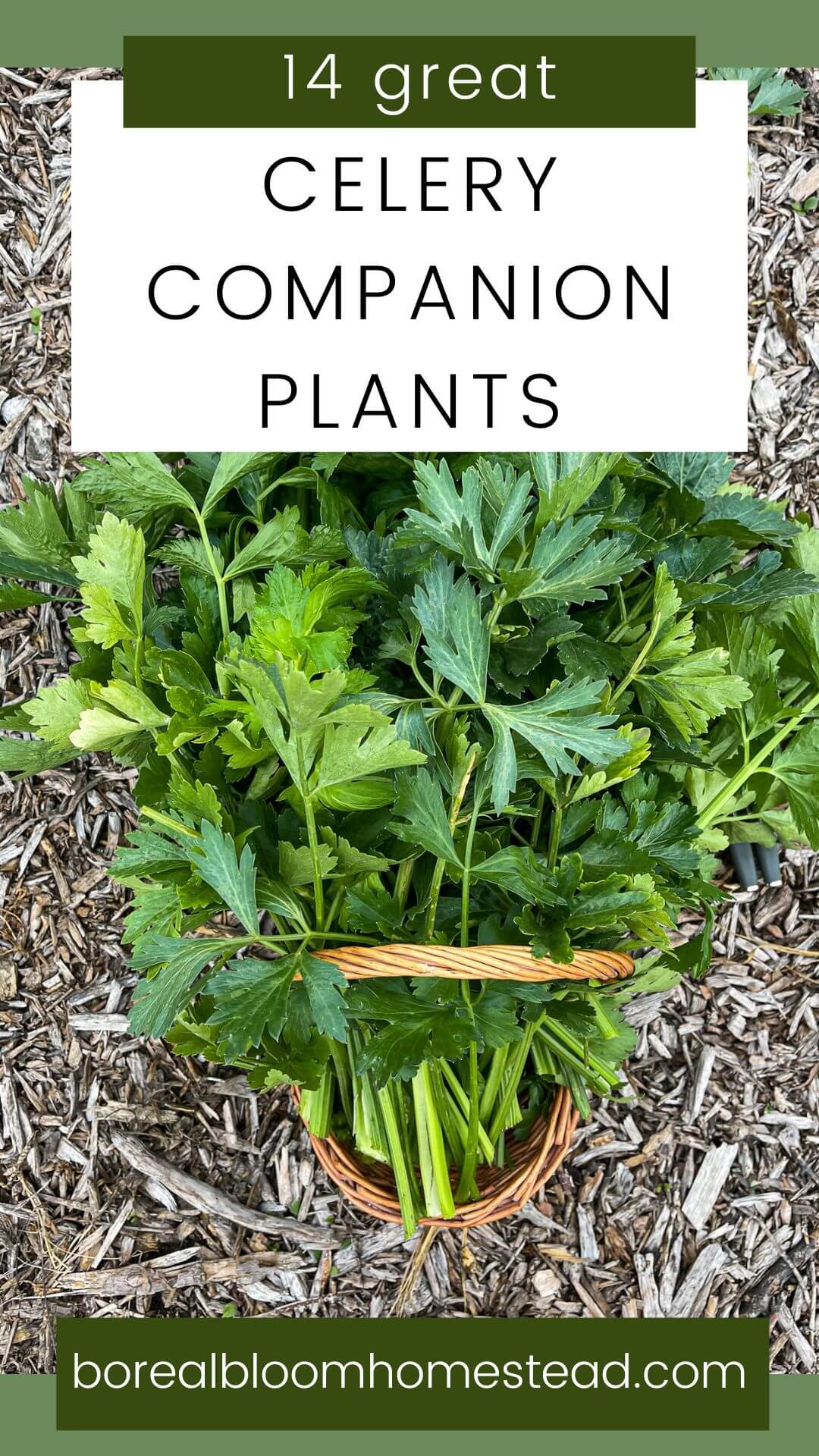Best Celery Planting Companions For A Healthy Harvest
Title: Best Celery Planting Companions for a Healthy Harvest
Introduction:
Celery is a delicious and versatile vegetable that can be enjoyed in a variety of dishes. It is also a relatively easy plant to grow, but there are a few things you can do to help ensure a healthy harvest. One of the most important things is to choose the right companion plants.
Main Content:
There are a number of plants that make good companions for celery. These plants can help to improve the growth and flavor of celery, and they can also help to deter pests. Some of the best celery planting companions include:
- Alliums: Alliums, such as onions, garlic, and leeks, have strong scents that can help to repel pests. They can also help to improve the flavor of celery.
- Beans: Beans are nitrogen-fixing plants, which means they can help to enrich the soil. This can benefit celery, which is a heavy feeder.
- Cabbage family: Members of the cabbage family, such as broccoli, cauliflower, and Brussels sprouts, can help to repel pests that target celery.
- Marigolds: Marigolds have a strong scent that can help to repel pests. They can also help to improve the drainage of the soil, which is important for celery.
- Nasturtiums: Nasturtiums have a strong scent that can help to repel pests. They can also help to attract beneficial insects, such as ladybugs and lacewings.
- Spinach: Spinach can help to shade celery from the hot afternoon sun. This can help to prevent the celery from bolting, or flowering prematurely.
Conclusion:
By choosing the right companion plants, you can help to ensure a healthy and productive celery harvest. These plants can help to improve the growth, flavor, and pest resistance of celery. So, next time you are planning your vegetable garden, be sure to include some of these companion plants for celery.
Celery is a delicious and versatile vegetable that can be grown in many different climates. However, it is important to choose the right companion plants to help keep your celery healthy and pest-free.
Some of the best companion plants for celery include:
- Alliums: Onions, garlic, leeks, and chives all have strong scents that repel pests.
- Herbs: Mint, sage, dill, and oregano can also help to deter pests and attract beneficial insects.
- Flowers: Marigolds, nasturtiums, and cosmos all have strong scents that can help to repel pests.
- Cabbage family: Celery can help to repel pests that attack cabbage family plants, such as broccoli and Brussels sprouts.
- Beans: Beans can help to improve the soil nitrogen levels, which can benefit celery plants.
For more information about celery planting companions, please visit Home Gardening.
FAQ of celery planting companions
- What are good companions for celery planting?
Some of the best companions for celery planting include:
* Strong-smelling herbs: These herbs have a scent that deters pests and attracts pollinators, which can help to improve the health and productivity of your celery plants. Some good examples of strong-smelling herbs that are good companions for celery include mint, sage, dill, thyme, oregano, and rosemary.
* Flowers: Flowers can also be good companions for celery planting. Some good examples of flowers that are good companions for celery include marigolds, nasturtiums, geraniums, chamomile, and cosmos. These flowers help to deter pests and attract pollinators, and they can also add beauty to your garden.
* Brassicas: Celery can be a good companion plant for brassicas, such as cabbage, broccoli, and cauliflower. These plants help to repel pests that can damage celery, and they can also benefit from the shade that celery provides.
- What are some plants that should not be planted near celery?
Some plants that should not be planted near celery include:
* Tomatoes: Tomatoes can compete with celery for water and nutrients, and they can also attract pests that can damage celery.
* Potatoes: Potatoes can harbor a fungus that can damage celery.
* Melons: Melons can attract pests that can damage celery.
- How far apart should celery plants be planted?
Celery plants should be planted about 12-18 inches apart. This will give them enough space to grow and develop properly.
- How much sunlight do celery plants need?
Celery plants need full sun to partial shade. They will do best in areas that receive at least 6 hours of sunlight per day.
- What kind of soil do celery plants need?
Celery plants need well-drained, fertile soil. The soil should be pH neutral to slightly alkaline.
- When should celery be planted?
Celery can be planted in the spring or fall. In the spring, celery should be planted after the last frost. In the fall, celery should be planted about 6 weeks before the first frost.
- How do you care for celery plants?
Celery plants need regular watering. The soil should be kept moist, but not soggy. Celery plants also need to be fertilized regularly. A balanced fertilizer should be applied every 4-6 weeks.
Image of celery planting companions
- Bush beans: Bush beans are a great companion plant for celery because they help to repel bean beetles.

- Cabbage, cauliflower, broccoli, and Brussels sprouts: These brassicas help to deter pests from celery, and they also benefit from the shade provided by the celery.

- Onions, leeks, shallots, garlic, chives, and other alliums: Alliums have a strong smell that helps to repel pests from celery.

- Spinach: Spinach is a good companion plant for celery because it helps to suppress weeds.

- Tomatoes: Tomatoes help to deter nematodes from celery, and they also benefit from the shade provided by the celery.

- Cucumbers: Cucumbers help to attract pollinators to celery, and they also benefit from the shade provided by the celery.

- Marigolds: Marigolds help to repel nematodes and other pests from celery.

- Nasturtiums: Nasturtiums help to attract pollinators to celery, and they also deter aphids and other pests.

- Herbs: Many herbs, such as thyme, sage, and rosemary, help to deter pests from celery.

Post a Comment for " Best Celery Planting Companions For A Healthy Harvest"